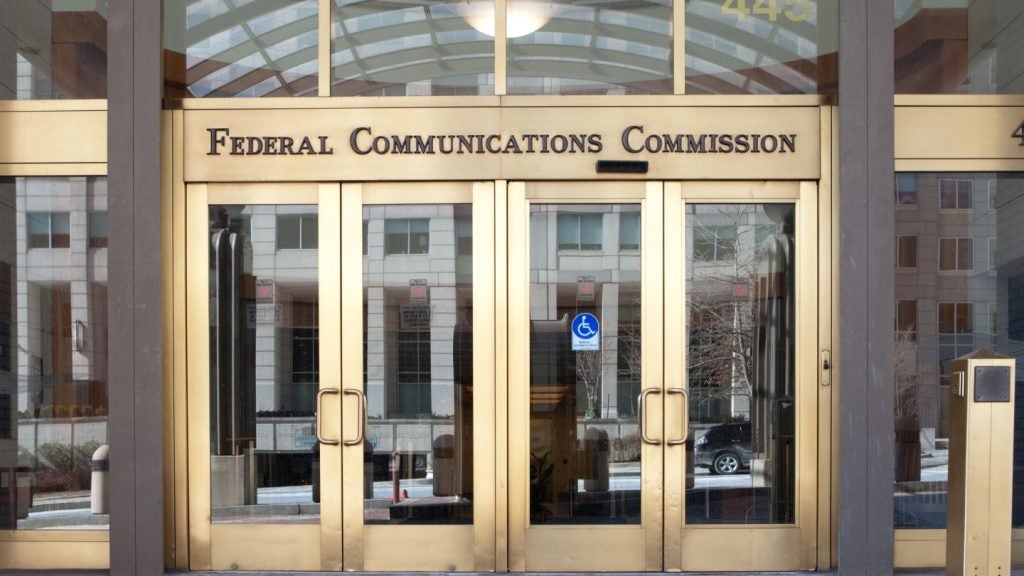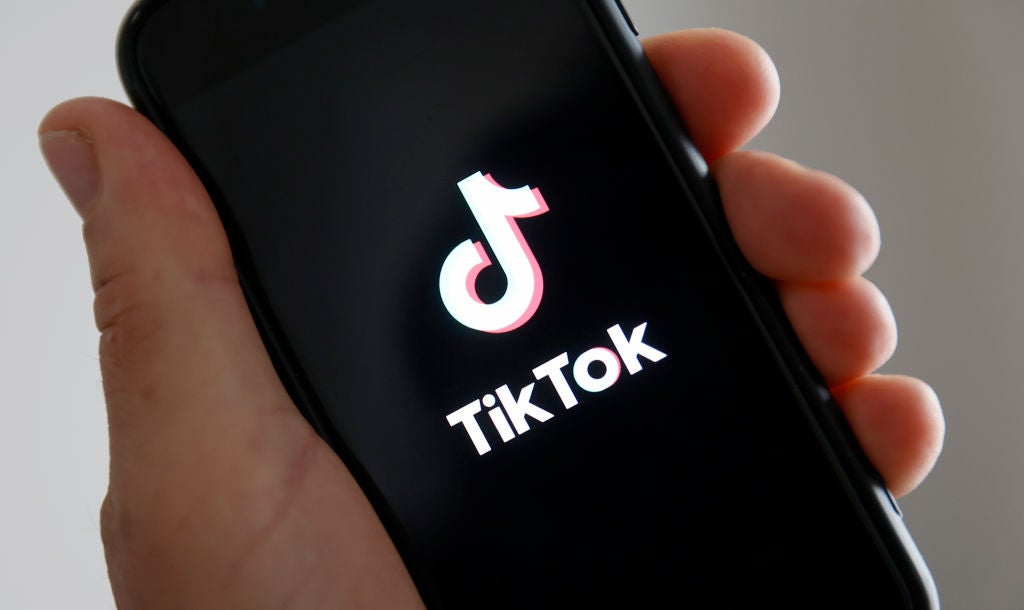
COVID-19 coronavirus brings into focus the vital importance of broadband access. A new US law will make it easier for regulators to identify which communities remain without it. That’s good news for the future. However, it will provide little relief for rural citizens currently confined largely to their homes because of COVID-19.
US President Donald Trump signed into law the Broadband Deployment Accuracy and Technological Availability (DATA) Act in March. This was designed to make the FCC’s broadband availability maps more accurate by strengthening the process by which data is collected. The new steps will be welcome for rural citizens. Many have complained for years that US operators vastly overstate the number of households reached by broadband. Unfortunately, the new methodology will have no immediate effect on rural citizens currently confined largely to their homes because of COVID-19.
Improvements to broadband data collection
Under the new law, the FCC will make a number of improvements to its collection methods, including:
- Requiring the FCC to collect more granular service availability data from wired, fixed wireless, and satellite broadband providers than it does currently;
- Setting stronger and more specific parameters by which service availability data will be assessed;
- Allowing the FCC to factor in data collected by state, local, and tribal governments which are frequently more accurate than federal sources;
- Providing a process in which state, local, and tribal governments and other entities can challenge the accuracy of FCC maps using additional data sources;
- Implementing a crowdsourcing process that will allow the citizens to participate in data collection.
Addressing the digital divide
Results of the new mapping procedures will be used when decisions on funding are made. In other words, the FCC should be able to do a more effective job in addressing the “digital divide” by directing broadband-related federal funding to the rural areas most in need. This includes the $4.5 billion in funding the FCC plans to spend on bringing 4G/LTE to rural areas over the next ten years. The FCC estimates there are still 20 million Americans without access to broadband of any kind.
The new law also strengthens enforcement against providers that “knowingly or recklessly submit materially inaccurate broadband data.” That’s a touchy subject with US operators lately. Last year the FCC estimated that only 62.3% of staff drive tests achieved the minimum download speed predicted by company coverage maps—with US Cellular achieving that speed in only 45.0% of such tests, T-Mobile in 63.2% of tests, and Verizon in 64.3% of tests.
How well do you really know your competitors?
Access the most comprehensive Company Profiles on the market, powered by GlobalData. Save hours of research. Gain competitive edge.

Thank you!
Your download email will arrive shortly
Not ready to buy yet? Download a free sample
We are confident about the unique quality of our Company Profiles. However, we want you to make the most beneficial decision for your business, so we offer a free sample that you can download by submitting the below form
By GlobalData






